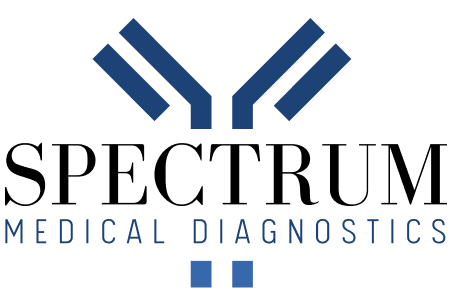With Cannabis on the rise and the soon-to-be legalization of recreational use in 2018, people are wondering what the effect of driving while high on marijuana will be on our roads?
While alcohol is always considered a deadly substance when mixed with driving, the stats are mixed when it comes to driving under the marijuana influence.
How will law enforcement be able to handle the new cases of substance abuse behind the wheel, and how will drug testing play a large factor in identifying the different cases of abuse.

Driving While High or Drunk: Which Ones Worse?
While driving under any influence is not advised, according to CBS News, “there are cases that drivers high on pot tend to be aware that they are impaired and try to compensate by driving slower, or avoiding risky decisions. However, mixing alcohol and marijuana increases driving impairment.”
It is also a commonly known fact that it is almost impossible to die from a marijuana overdose, however, according to Just Believe Recovery, “the World Health Organization (WHO) reported in that in 2012, well over 3 million deaths were attributed to alcohol consumption worldwide. Alcohol is believed to be at least 114 times more deadly than marijuana.”
Therefore, according to the National Center for Biotechnology Information, “Future research should focus on resolving contradictions posed by previous studies, and patients who smoke cannabis should be counselled to wait several hours before driving, and avoid combining the two drugs.”
Is It Safe to Drive High on Marijuana?
The real question should be, “is it dangerous driving high on marijuana?”
There are many factors involved when considering safety, and it is important to note that not all substances affect all people equally. There are many factors that change how a person responds to both alcohol and marijuana.
Slate reports, “Very high drivers can’t stay in a lane, and react more slowly to yellow lights and unexpected obstacles, and are unaware of their speed.”
According to Macleans, “Widespread belief in the stuff’s essential harmlessness is blinding people to the menace it poses on the roads. In a recent survey of Canadians by the State Farm insurance company, 44 percent of respondents said they didn’t believe that marijuana use affects their ability to drive safely, versus 42 percent who said it does (14 percent weren’t sure).”
So, How Will Canada Approach Substance Abuse and Driving?
Changes to impaired driving laws & tougher penalties will need to be implemented to minimize cause of death and injury in Canada from driving while high on marijuana.
Health Canada reports, “The Government has committed to creating new and stronger laws to punish more severely those who drive while under the influence of drugs, including cannabis.”
How Will the Government Propose These Changes?
First, they would introduce, “proposed legislation that would reform the entire impaired driving regime in the Criminal Code. It would strengthen existing drug-impaired driving laws and create a regime that would be amongst the strongest in the world, particularly where cannabis is legal. Proposed changes include new “legal limit” drug offences and new tools to better detect drug-impaired drivers.” (Health Canada)
To strengthen the current drug-impaired driving requirements, “These amendments would codify the Supreme Court of Canada’s recent decision in R v Bingley that certified drug evaluating officers do not need to be qualified through an expert witness hearing before being allowed to give opinion testimony on whether a driver was impaired. The proposed legislation would also provide police with the option to pursue a drug recognition evaluation or a blood sample in situations where they have reasonable grounds to believe an offence has occurred.” (Health Canada)
How Will Testing Help?
Law enforcement may not currently enforce the tools to test for drugs while driving, but there are advancements within the industry using saliva drug testing to provide the highest quality of measurement to be able to act fast on identifying if there is a substance in the person’s system, in a way that will not involve a delay in timing for proper testing.
Instant oral fluid drug tests are used to detect the presence of various drug compounds in saliva. An absorbent collection device is placed in the mouth and the saliva collected is screened for drugs of abuse.
Lastly, it is important to identify through testing is there is a need for an alcohol or drug abuse program for rehabilitation and other means to make sure that people get the help they need.
To learn more about the advancement in drug and alcohol testing visit: https://spectrummdx.com/solutions/

